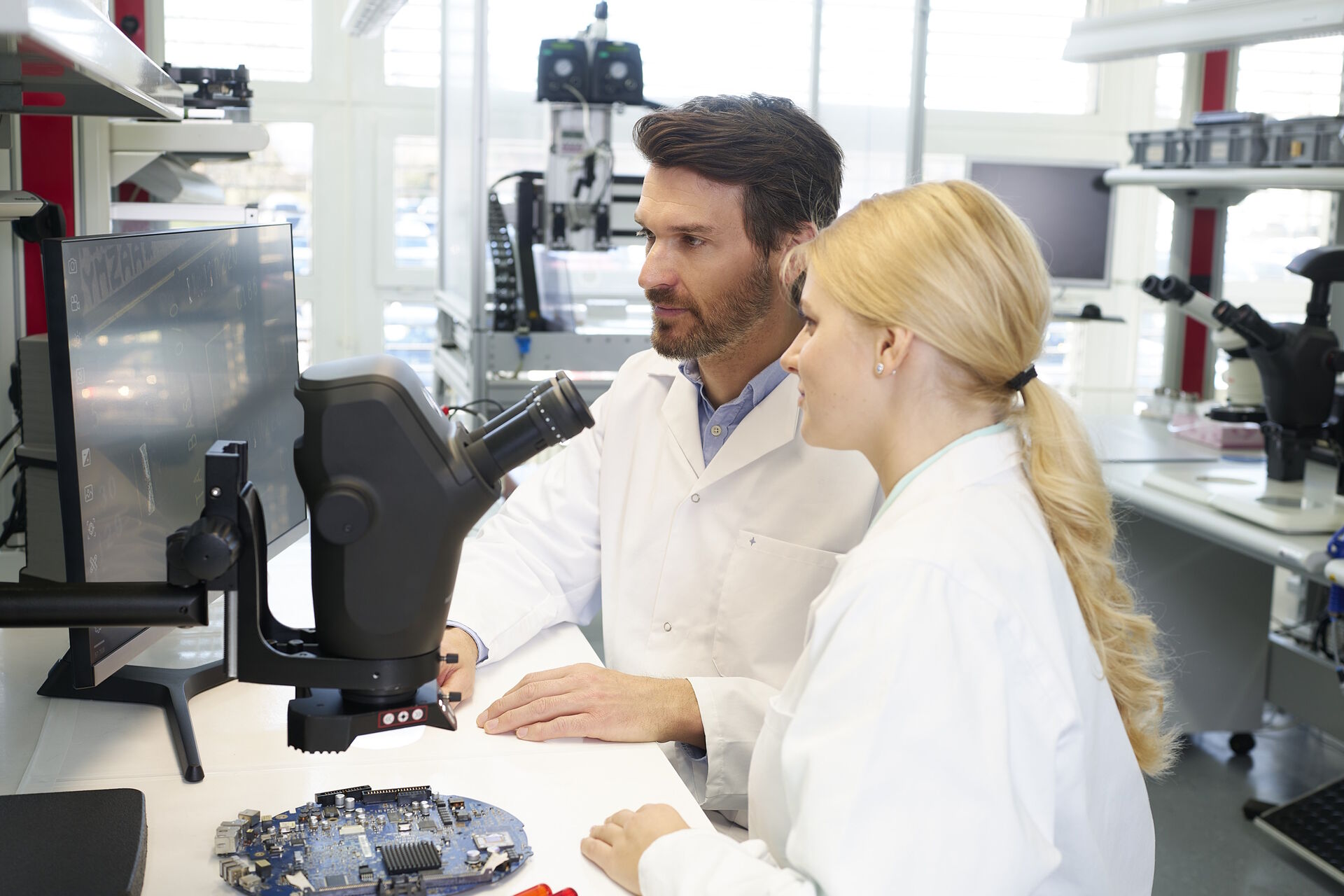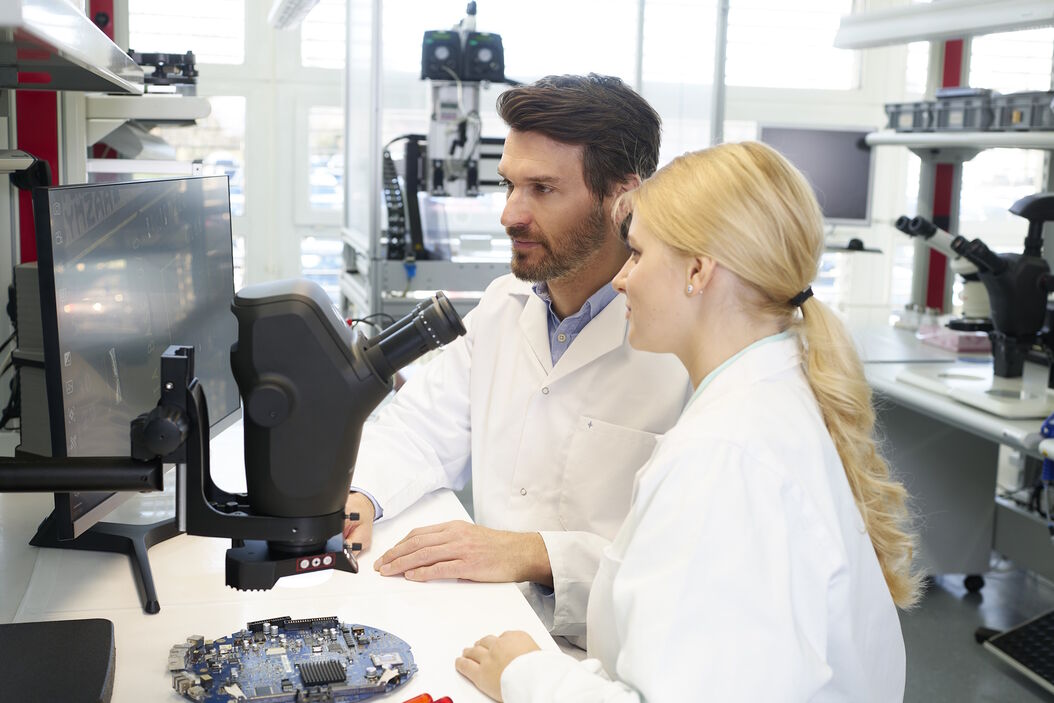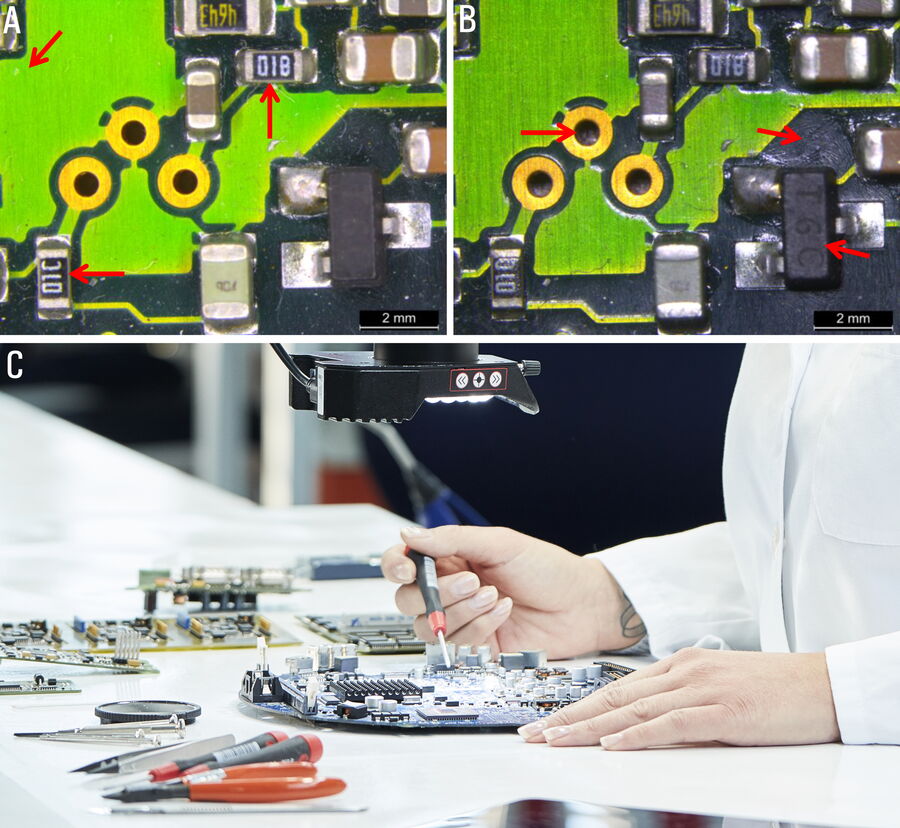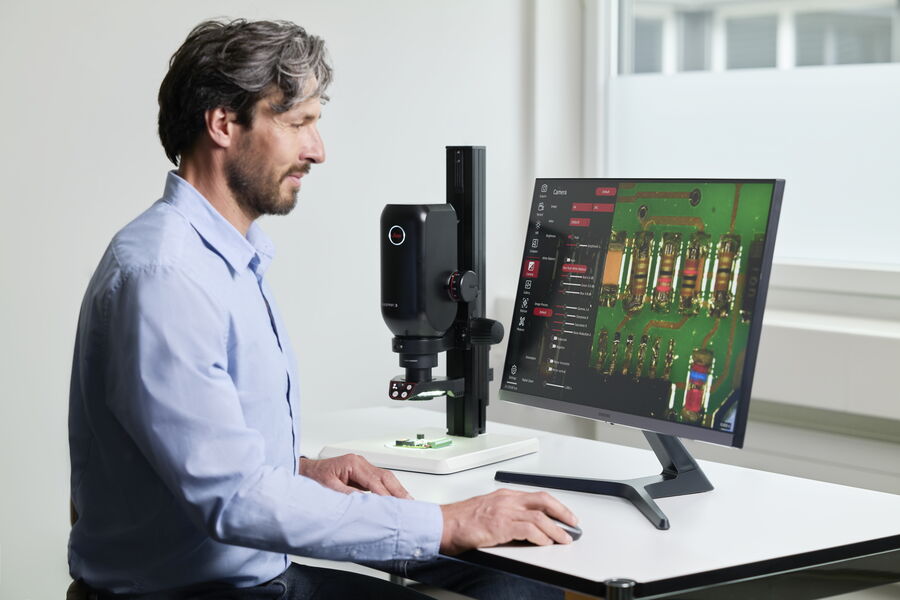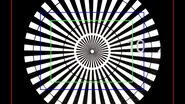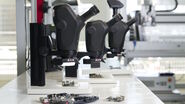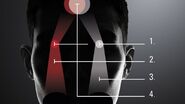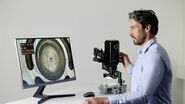Introduction
Visual inspection of components or parts for quality control, failure analysis, or R&D often is done with the aid of a microscope. The capabilities of the microscope used can make a big difference in terms of inspection accuracy and efficiency. Individuals involved in deciding which microscopes to use should confirm that they offer the optical performance and customizability needed for precise, rapid inspection of samples. To help with decision making when selecting a microscope for inspection, the main factors to consider are discussed below.
Factors to consider
1. Optical performance of the microscope
Important factors concerning microscope performance to consider for visual inspection are [1]:
- High enough magnification and resolution in order to resolve fine features
- Zoom range which enables users to quickly go from sample overview (low magnification with large field of view) to seeing its fine details (higher magnification)
The performance of a microscope is also dependent on optics which are corrected for chromatic aberrations and image flatness, e.g., apochromatic and planarity correction (refer to figure 1) [1,2]. Another practical advantage when doing visual inspection is parfocality where users can quickly change magnification without having to spend time refocusing.
2. Requirement for visual inspection only or inspection with rework
Depending on the user’s requirements, if inspection only without rework is needed, then it can be performed with a digital microscope or stereo microscope with a camera. These microscopes are also ideal solutions when documenting during inspection. For cases where inspection and rework are needed, then a stereo microscope with eyepieces should be used as it provides a 3D perspective and enables immediate depth perception [1,3].
3. Inspecting a variety of samples
Visual inspection of various samples can be challenging, because the size (area and height), material properties, and surface morphology can differ considerably. Therefore, it is important to choose a microscope with the right combination of zoom optics, magnification, focus column, base, and illumination [1,4]. Then for a range of sizes and morphology, users can rapidly and reliably observe the sample’s fine details. An example of how the illumination can enhance different details when imaging a sample is shown in figure 1A and 1B below.
Additionally, a microscope with a large working distance (refer to figure 1C) is useful for inspecting samples where access to them is necessary, e.g., when using tools [1]. Also, for samples with components or features having significant height variations, a large working distance makes it easier to handle them under the objective as there is less risk of touching it when moving the sample, even when the microscope is focused on the lowest part of the sample.
4. Adaptability of the microscope to user needs / training users
In order to make sample inspection more efficient and less time consuming, a microscope setup which can be adapted to users’ specific needs makes a difference. For example, users of a digital or stereo microscope with camera can choose to hide the functions of the user interface which are not needed, simplifying the use of the microscope and minimizing the risk of human error.
Additionally, to reduce the time spent learning how to use the microscope, the user interface must be easy to learn and operate. When training users, time is precious and a microscope that requires minimal training and allows users to become rapidly proficient is a big advantage.
5. Ergonomics
User strain and risk of injury while inspecting many hours with a microscope in an uncomfortable posture is often a concern. This is minimized with ergonomic solutions that increase user comfort: image displayed directly on a monitor allowing users to view it in an upright, comfortable position (digital or stereo microscope with camera, refer to figure 2) or by adding ergonomic accessories.
6. Documentation and sharing of inspection results
Documenting results from inspection can be done more efficiently with a microscope using a camera, e.g., a digital or stereo microscope equipped with camera. This approach can help reduce manual steps during inspection, such as noting down results on paper.
It is also practical to have a microscope for visual inspection which enables results to be directly shared in an efficient and secure way, e.g., via email or a network. This ability is especially beneficial when there are results which must be shared with others frequently.
7. Inspecting with a single system
Inspecting is more efficient when users can analyze, annotate, and share images using a solution operated in stand-alone-mode with integrated functionalities requiring no computer. Then there is no need to change workstations for different steps which can slow inspection down.
8. Robust for industrial environments
Inspection often occurs in challenging environments like production sites where lack of cleanliness can be a concern, so a solution with a robust and reliable design for such environments can help minimize maintenance and downtime.
Leica microscopes for efficient inspection
Inspection only
With the Emspira 3 digital microscope, users can streamline their inspection processes, cover their inspection needs flexibly, and work with confidence. When used in stand-alone mode, it offers integrated functionalities enabling measurement, comparison, and data sharing without the need of a computer.
Inspection and rework
Ivesta 3 stereo microscopes: They allow users to optimize their workflow and save time during inspection, as fine sample details are revealed with less adjusting of the microscope. It also offers the FusionOptics [3] technology which can significantly increase inspection efficiency for a stereo microscope, providing both a large depth of field and high resolution.
M series stereo microscopes: Users can handle easily routine inspection or documentation tasks and stay flexible for changing needs. Ergonomic accessories help users work in comfort even if they spend the entire day at the microscope.
When an Ivesta 3 or M series microscope is equipped with a Flexacam c5 camera, it can also be used for inspection in stand-alone mode with integrated measurement, comparison, and data sharing functionalities.
The main factors mentioned in this report above can be addressed with these Leica microscopes.
